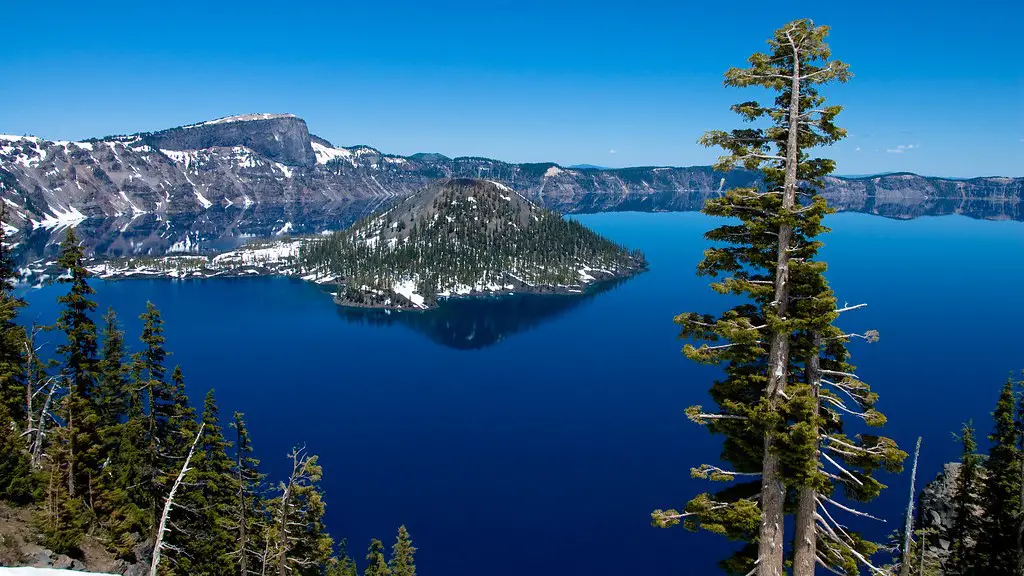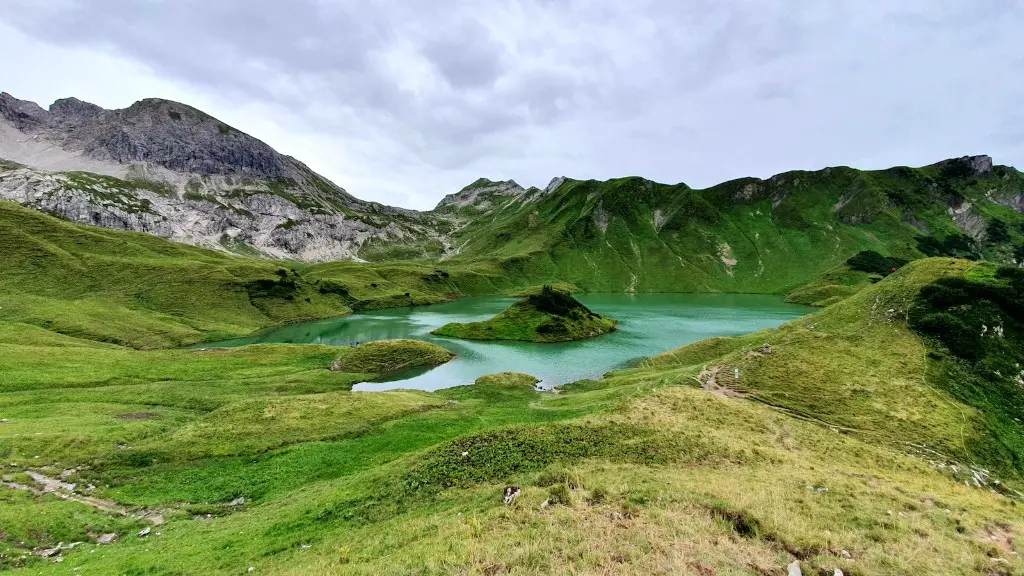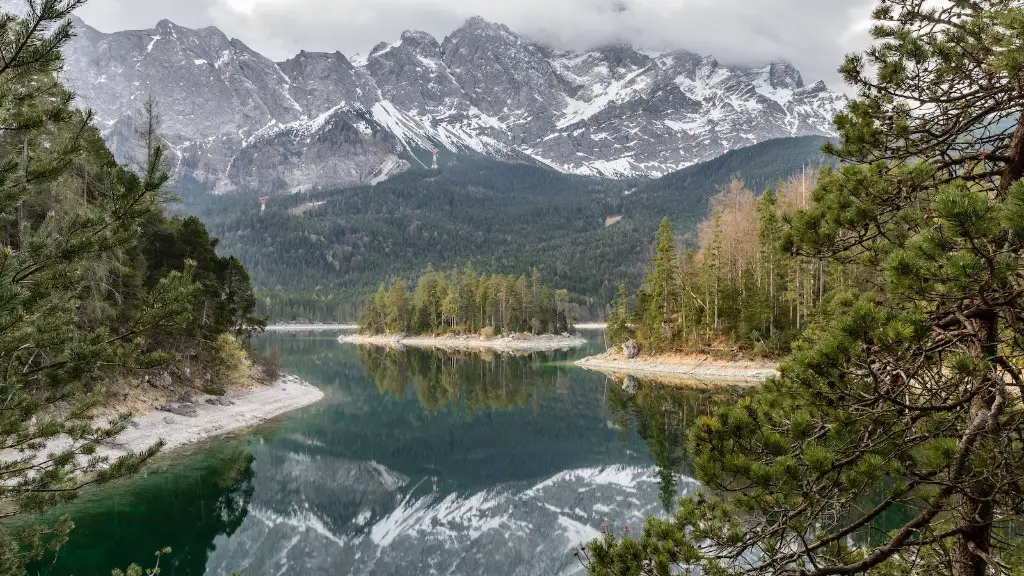Population & Habitats
Common reed plants grows in a wide range of habitats across the world, including on the shores of Lake Victoria. The reed plant has adapted across the years to survive in nearly all aquatic environments, as well as marshy, wet and dry areas. The common reed is a perennial, herbaceous plant that reproduces through rhizomes, stolons and seeds. The common reed mostly benefits from the Lake Victoria environment, however the future survival of the reed depends on water levels, the presence of other plants, and competition for resources, especially from aggressive non-native species.
Water Quality
The water quality of Lake Victoria is important for the survival of common reed plants. A variety of pollutants have been found in the lake, including heavy metals, detergents and household chemicals, as well as eutrophication of the lake, a process where excessive levels of nutrients enter the lake and disturb the aquatic system. The reed helps to minimize the risk of eutrophication by removing the pollutants through its root system, and this is a key factor in the survival of reeds in the lake.
Ecological Benefits
The common reed provides several ecological benefits to the lake, such as providing an area of refuge for zoo-plankton, fish, amphibians and other aquatic species. The reed also helps to control erosion and floods by stabilizing shorelines and shoreline protection. Additionally, the common reed also provides a food source for some organisms and attracts beneficial birds.
Competition & Coexistence
Common reed plants can be found in lakes and rivers around the world. In Lake Victoria, the reed share its habitat with a variety of other aquatic plants, including the invasive water hyacinth (Eichhornia crassipes). The water hyacinth competes for space and resources with the common reed, and in some cases can out-compete the reed for space. This can lead to the reed being pushed to areas that are not preferred by it, and as such, the reed’s survival could be at risk.
Harmful Algae Blooms
Harmful algae blooms are a major challenge for the common reed plants in Lake Victoria. Algae blooms are the rapid growth of microscopic algae caused by favourable environmental conditions such as high concentrations of nutrients and sediments. Algae blooms reduce the dissolved oxygen levels in the lake which, in turn, affects the survival of reed. Consequently, the common reed can be out-competed by other plants which are more tolerant to the low dissolved oxygen levels.
Conclusion
The common reed has adapted over the years to survive in a range of aquatic environments, shared with a variety of other plants such as the invasive water hyacinth. Despite its impressive resilience, the common reed’s survival depends on factors such as water quality and the presence of other plants. The reed also provides various ecological benefits, such as providing a refuge for other aquatic species and controlling erosion, however, it faces major challenges such as harmful algae blooms which can reduce its chances at survival.
Limiting Human Impact
The use of fertilizers and other chemicals by humans near the lake can contain high levels of nutrients which are detrimental to the common reed. The presence of excessive nutrients in the lake can cause excessive algae growth, leading to harmful algae blooms that can kill off the reeds’ food and oxygen sources. The reed can also be hampered by other humans activities such as pollution, illegal fishing and illegal logging, which can have the same effects as nutrient pollution. Therefore, the survival of the common reed in Lake Victoria relies heavily on the reduction of human impact.
Conservation Strategies for the Common Reed
Conservation strategies for the survival of common reed plants are needed to ensure its sustainability in Lake Victoria. These strategies often involve limiting of human impacts and activities, such as limiting nutrient pollution and illegal fishing. Furthermore, increasing awareness of the benefits of the common reed and the importance of its conservation is vital. Additionally, conserving other aquatic species and vegetation in the lake can also help to maintain the balance and stability of the lake’s ecosystem.
Global Cooperation and Cooperation with the Local Community
In order to maintain the stability of the lake’s ecosystem and ensure the survival of the common reed, global cooperation between various stakeholders, such as governments, local communities, conservation organisations, industries and academics, is important. Similarly, efforts should also be made to engage with the local communities and ensure that their needs are taken into account, as their activities can have a significant impact on the lake and, consequently, on the survival of the common reed.
Implications for Various Industries
Common reed plants in Lake Victoria have various implications for industries such as fishing, tourism and agriculture. The reed provides habitats for fish, which makes it an important resource for the fishing industry. Furthermore, it provides an aesthetically pleasing sight, which could boost tourism activities. They also supply other resources, such as minerals, which could be used for agricultural purposes. Therefore, it is important to preserve the reeds to ensure their sustainability in various industries.


